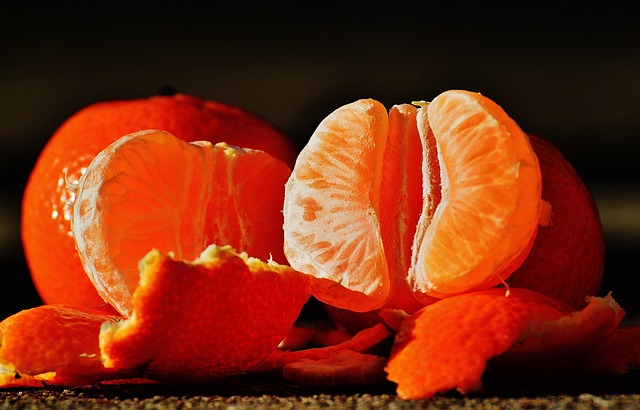The Evolution of Metal Roofing Materials: A Guide for Roofers
Metal roofing has come a long way since its humble beginnings. From its early use in ancient civilizations to its modern-day popularity, metal roofing materials have evolved to become a top choice for roofers. In this guide, we will explore the evolution of metal roofing materials, providing valuable insights for roofers looking to stay ahead of the game.
The history of metal roofing can be traced back to ancient times when copper and lead were used to create durable and weather-resistant roofs. These early metal roofs were prized for their longevity and ability to withstand the elements. However, they were also expensive and required skilled craftsmen to install them.
Fast forward to the Industrial Revolution, and metal roofing materials began to undergo significant changes. The invention of the rolling mill allowed for the mass production of metal sheets, making them more affordable and accessible. This breakthrough paved the way for the widespread use of metal roofing in commercial and residential buildings.
In the early 20th century, galvanized steel emerged as a popular choice for metal roofing. Galvanization involved coating steel with a layer of zinc, providing enhanced corrosion resistance. This innovation made metal roofs even more durable and long-lasting, appealing to both homeowners and businesses.
As technology advanced, so did the variety of metal roofing materials available. Aluminum, with its lightweight and corrosion-resistant properties, became a sought-after option. Its versatility and ease of installation made it a favorite among roofers. Additionally, aluminum roofs were known for their energy efficiency, reflecting heat and reducing cooling costs.
In recent years, another metal roofing material has gained significant traction: stainless steel. Known for its exceptional strength and resistance to corrosion, stainless steel roofs are a durable and low-maintenance choice. They are particularly popular in coastal areas where saltwater exposure can be a concern.
The evolution of metal roofing materials has not only focused on durability and functionality but also on aesthetics. Today, roofers can choose from a wide range of finishes and colors to suit any architectural style or personal preference. From traditional metallic finishes to vibrant hues, metal roofs can enhance the overall appearance of a building.
Furthermore, advancements in coating technology have improved the performance of metal roofing materials. Reflective coatings, for example, can help reduce energy consumption by reflecting sunlight and reducing heat transfer. This makes metal roofs an eco-friendly option for those looking to reduce their carbon footprint.
In conclusion, the evolution of metal roofing materials has been a remarkable journey. From the ancient use of copper and lead to the mass production of galvanized steel, aluminum, and stainless steel, metal roofs have become a staple in the roofing industry. With their durability, energy efficiency, and aesthetic appeal, metal roofs continue to be a top choice for roofers and homeowners alike. As technology continues to advance, we can only expect further innovations in metal roofing materials, ensuring that metal masters remain at the forefront of modern roofing solutions.


